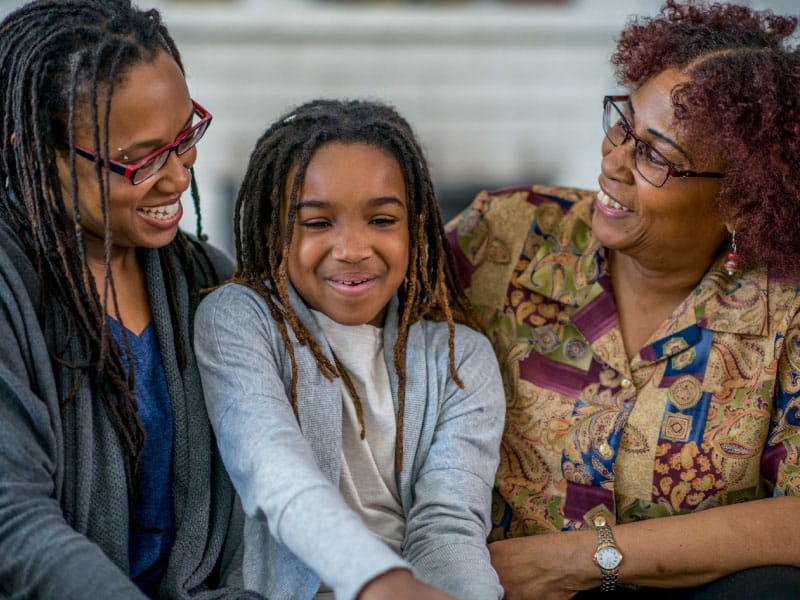To make history, a major study on Black heart health looked beyond the lab
Share
Explore Our Galleries
Breaking News!
Today's news and culture by Black and other reporters in the Black and mainstream media.
Ways to Support ABHM?
by Michael Merschel, American Heart Association

A quarter-century ago, the foundations were laid for the Jackson Heart Study, one of the most significant research efforts in the history of heart health.
As the largest single-site study of Black people’s heart health ever undertaken, it would eventually spawn more than 800 scientific papers and provide critical insights on genetics, prevention and more, based on examinations of thousands of Black men and women living in and around Jackson, Mississippi.
But before the study could make scientific history, it had to confront issues that went far beyond the lab, say people who shaped the study…
But Black people had historically been left out of research studies. Taylor, now endowed professor of medicine and director of the Cardiovascular Research Institute at the Morehouse School of Medicine in Atlanta, pointed to the example of the Framingham Heart Study, which established the very concept of risk factors for heart health. The participants in that seminal project, which began in 1948, were 98% white.
Better data on Black men and women clearly was needed. But, Taylor said, the history of all-Black, government-backed studies in the Deep South was problematic. The infamous Tuskegee study, which withheld lifesaving penicillin from Black men so scientists could chart the progress of syphilis, may be the best-known example of how Black people were exploited in the name of science, but it’s far from the only one…
Broader than the issue of how Black people were treated in medical research, Taylor said, was suspicion and mistrust of a system “that was deeply discriminatory for much of the lives of the people we were seeking to recruit.”
Jackson Heart Study designers worked to overcome that legacy by making partners of participants…
“They had to have ownership in the study and feel they were a part of it,” Henderson said. “We didn’t have them under a microscope, looking at all the things that were wrong with the population and then going back to California somewhere. We were a part of the community.”
Study designers listened to Jackson residents’ frustrations with the medical system. Some had lived through the era when Black patients had separate, unkempt waiting rooms and were seen only after white patients had been treated…
It also meant collaborating with some very different educational institutions. Jackson is home to two historically Black colleges: the small, private Tougaloo College, which has educated many of the state’s Black health care professionals.
Enjoy the complete article here.
For more Breaking News click here.
For more ABHM galleries click here.









Comments Are Welcome
Note: We moderate submissions in order to create a space for meaningful dialogue, a space where museum visitors – adults and youth –– can exchange informed, thoughtful, and relevant comments that add value to our exhibits.
Racial slurs, personal attacks, obscenity, profanity, and SHOUTING do not meet the above standard. Such comments are posted in the exhibit Hateful Speech. Commercial promotions, impersonations, and incoherent comments likewise fail to meet our goals, so will not be posted. Submissions longer than 120 words will be shortened.
See our full Comments Policy here.